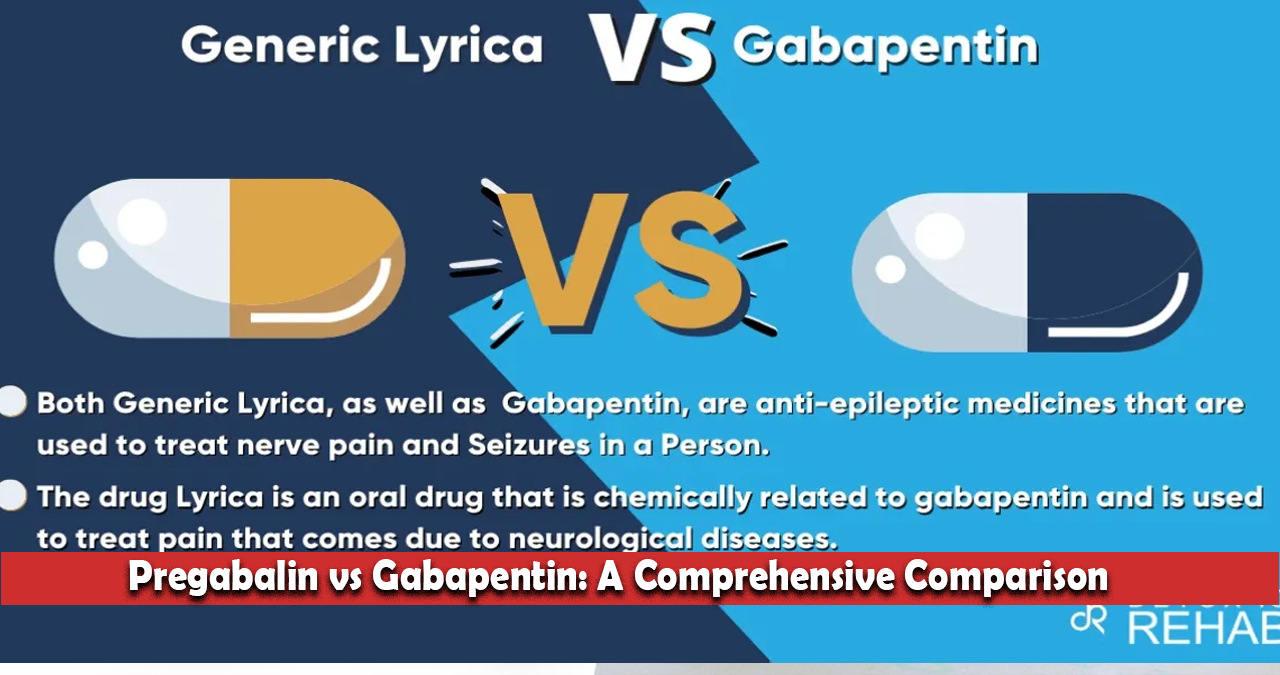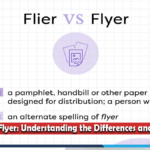Introduction
Pregabalin vs Gabapentin: When it comes to managing nerve pain, two medications often come into the discussion: pregabalin and gabapentin. Both are widely prescribed for conditions like neuropathic pain, fibromyalgia, and certain types of seizures. But how do they compare? Which one is better for nerve pain? What about side effects like weight gain? In this article, we’ll dive deep into the similarities and differences between pregabalin and gabapentin, helping you understand which might be the better option for your needs.
What Are Pregabalin and Gabapentin?
Pregabalin: An Overview
Pregabalin, sold under the brand name Lyrica, is an anticonvulsant and neuropathic pain agent. It works by calming overactive nerves in the body, which helps reduce pain signals and seizures. Pregabalin is commonly prescribed for conditions such as diabetic neuropathy, postherpetic neuralgia, fibromyalgia, and partial-onset seizures. It’s also used off-label for anxiety disorders and restless legs syndrome.
One of the key features of pregabalin is its rapid absorption. It reaches peak concentration in the bloodstream within an hour of ingestion, making it a fast-acting option for pain relief. However, this also means it can cause side effects like dizziness or drowsiness more quickly.
Gabapentin: An Overview
Gabapentin, marketed under brands like Neurontin, is another anticonvulsant medication used to treat nerve pain and seizures. Like pregabalin, it works by modulating the activity of certain neurotransmitters in the brain, specifically gamma-aminobutyric acid (GABA). Gabapentin is often prescribed for conditions such as postherpetic neuralgia, diabetic neuropathy, and epilepsy.
Gabapentin is known for its slower absorption rate compared to pregabalin. It takes about 3-4 hours to reach peak concentration, which means its effects are more gradual. This can be beneficial for patients who are sensitive to the rapid onset of side effects.
Pregabalin vs Gabapentin: Which Is Better for Nerve Pain?

Effectiveness for Nerve Pain
Both pregabalin and gabapentin are effective for treating nerve pain, but studies suggest that pregabalin may have a slight edge. Pregabalin has a higher bioavailability, meaning a greater percentage of the drug reaches the bloodstream compared to gabapentin. This can translate to more consistent pain relief for some patients.
However, gabapentin is often preferred for patients who experience side effects with pregabalin. Its slower absorption rate can make it easier to tolerate, especially for those who are sensitive to medications.
Dosage and Administration
Pregabalin is typically taken two to three times a day, with dosages ranging from 150 mg to 600 mg daily. Gabapentin, on the other hand, is usually taken three times a day, with dosages ranging from 900 mg to 3600 mg daily. The lower dosage frequency of pregabalin can make it more convenient for some patients.
Side Effects: Pregabalin vs Gabapentin
Common Side Effects
Both medications share similar side effects, including dizziness, drowsiness, and dry mouth. However, pregabalin is more likely to cause weight gain, which can be a significant concern for some patients. Gabapentin is less associated with weight gain but may cause swelling in the extremities.
Weight Gain: A Closer Look
Weight gain is a notable side effect of pregabalin, with some patients reporting significant increases in body weight. This is thought to be due to the drug’s effect on appetite and metabolism. Gabapentin, while less likely to cause weight gain, can still lead to fluid retention, which may result in temporary weight increases.
Pregabalin vs Gabapentin: Which Is Safer?
Safety Profile
Both medications are generally safe when taken as prescribed, but they do carry risks. Pregabalin has been associated with a higher risk of dependency and withdrawal symptoms, especially when used long-term. Gabapentin is considered to have a lower risk of dependency, but it can still cause withdrawal symptoms if stopped abruptly.
Drug Interactions
Both drugs can interact with other medications, particularly those that cause drowsiness, such as opioids or benzodiazepines. Pregabalin has a higher potential for interactions due to its rapid absorption and potent effects.
FAQs About Pregabalin and Gabapentin
1. Can I switch from gabapentin to pregabalin?
Yes, but it should be done under medical supervision. Your doctor will adjust the dosage to ensure a smooth transition.
2. Which is better for anxiety: pregabalin or gabapentin?
Pregabalin is more commonly prescribed for anxiety due to its faster onset of action.
3. Can I take pregabalin and gabapentin together?
This is not recommended unless specifically advised by your doctor, as it can increase the risk of side effects.
4. How long does it take for pregabalin to work?
Pregabalin can start working within an hour, but it may take a few weeks to experience its full effects.
5. Is gabapentin safer for long-term use?
Gabapentin is generally considered safer for long-term use compared to pregabalin, but both require careful monitoring.
Conclusion
Both pregabalin and gabapentin are effective medications for managing nerve pain, but they have distinct differences in terms of effectiveness, side effects, and safety. Pregabalin may offer faster relief but comes with a higher risk of weight gain and dependency. Gabapentin, while slower-acting, is often better tolerated and has a lower risk of weight gain. Ultimately, the choice between the two should be made in consultation with your healthcare provider, taking into account your specific needs and medical history.
External Links
- National Institute of Neurological Disorders and Stroke
- Mayo Clinic on Neuropathic Pain
- WebMD on Pregabalin vs Gabapentin
By understanding the nuances of pregabalin and gabapentin, you can make an informed decision about which medication is best suited for your condition. Always consult your healthcare provider before starting or switching medications.



